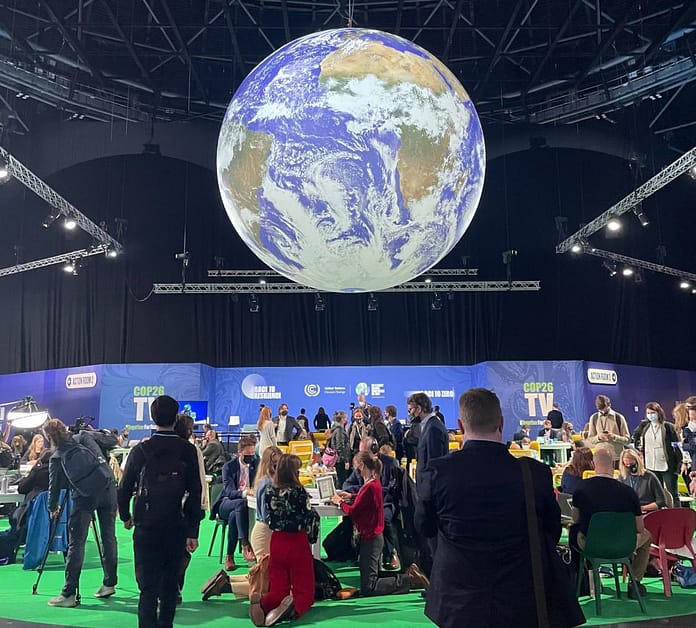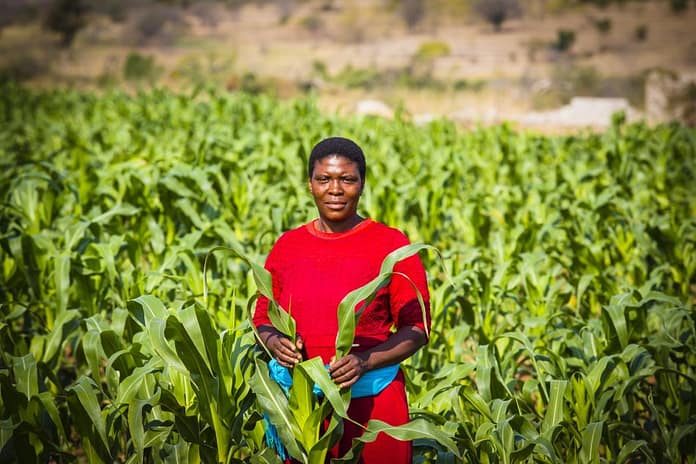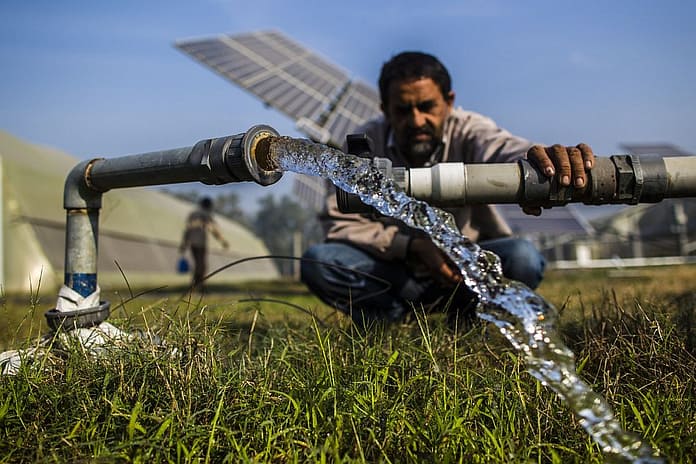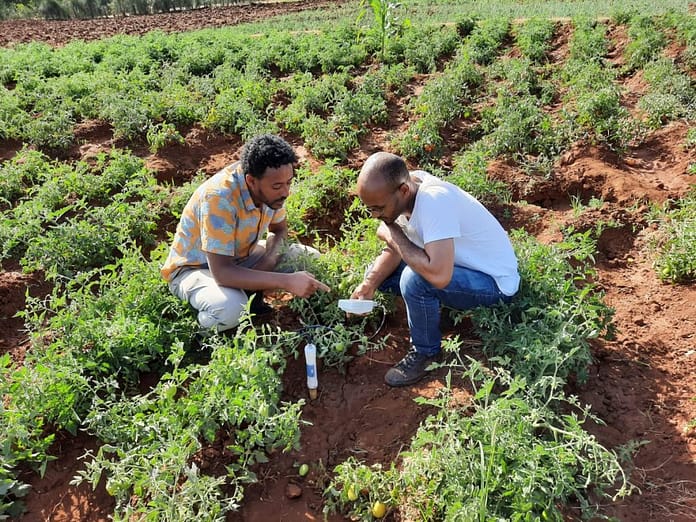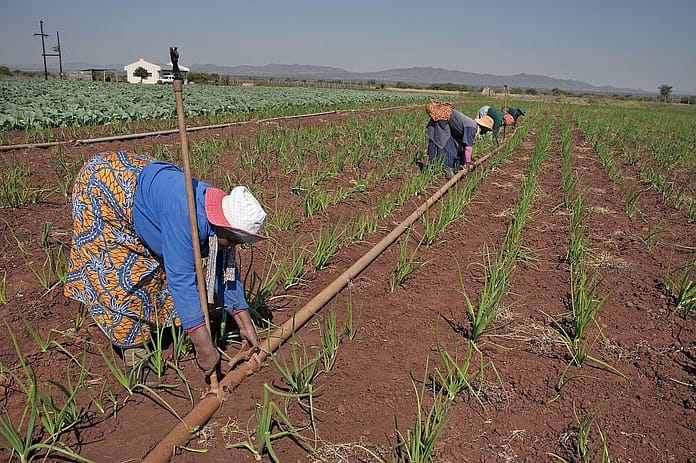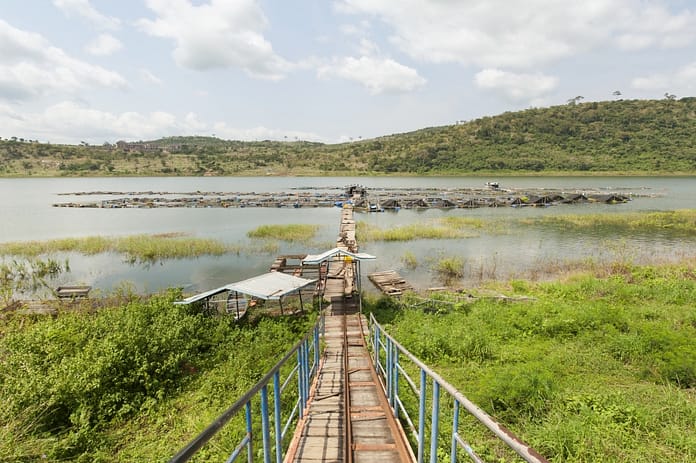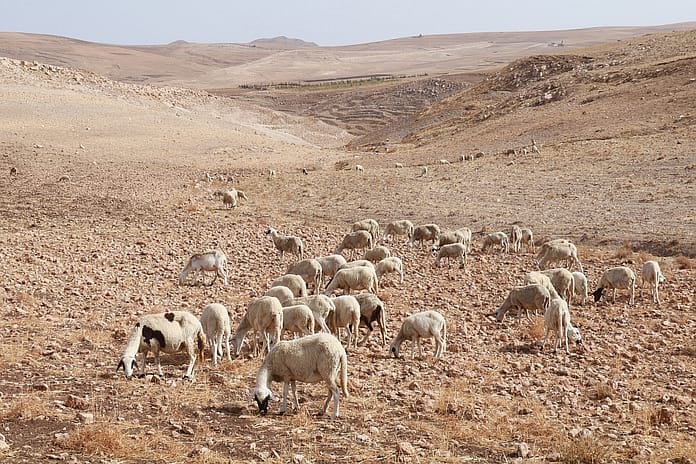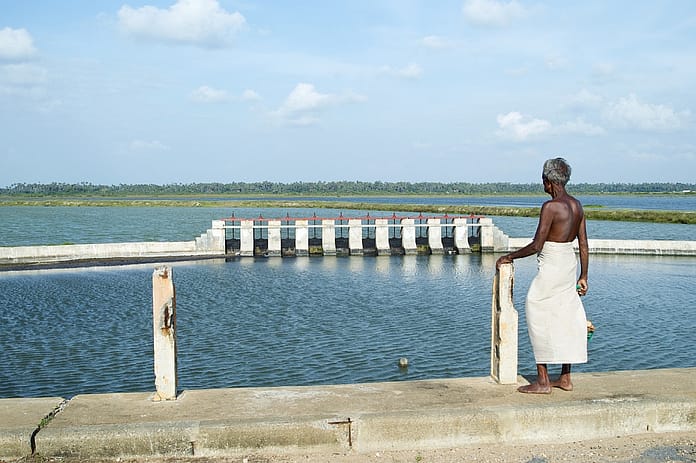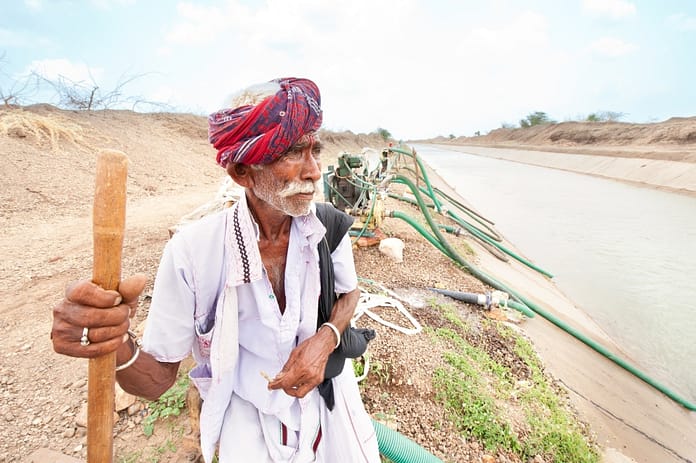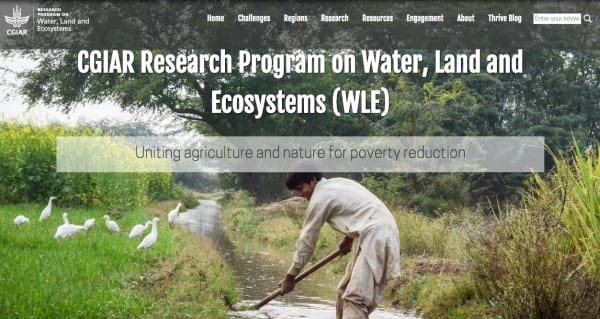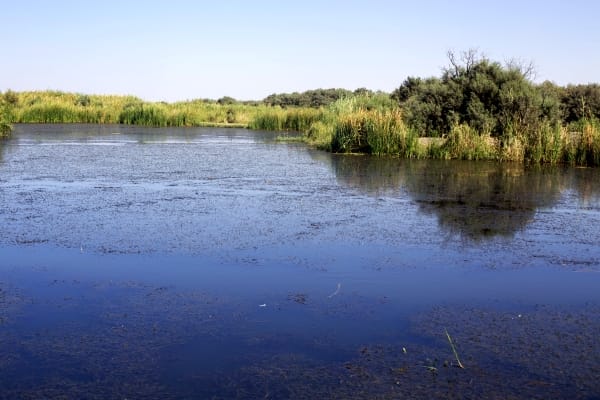The demand for water continues to grow in the Nile Basin, leading to water scarcity and ultimately impacting food security for the nearly 500 million people who call the region home. A recently completed study conducted by the International Water Management Institute (IWMI) in association with the Nile Basin Initiative Secretariat presents scenarios where water can be used sustainably and efficiently for cultivating crops.

“Water scarcity is a daunting challenge in the Nile Basin,” said Michael Kizza, Deputy Executive Director of the Nile Basin Initiative. “Population increases, economic growth, and climate change are all impacting the demand for water. If we don’t implement water-saving measures swiftly, countries in the Basin are likely to face physical and economic water scarcity.”
Studies have been conducted in the past to propose water-use efficiency models, but according to Kizza, simply improving the efficiency of irrigation systems won’t go far enough to improve future water availability in the region. “We need to explore multiple water-saving options as well as ways to enhance water supply stocks that can all be integrated into a master plan for the Basin,” said Kizza.
The new study presents five scenarios for management-based water-saving approaches. Examples of such approaches include efficiency improvements, changes in cropping pattern, and practicing water deficit irrigation, among other measures. The study also explores ways for reducing irrigation water demand through more effective use of rainfall in agriculture.
Scenario 1: Intensification of rainfed agriculture
Most agricultural systems in the Nile Basin are rainfed, and global studies indicate that there is generally enough rainfall to double and often even quadruple yields in these systems through better risk management techniques. Boosting agricultural yields in rainfed systems can bridge food deficits and therefore offset the need for expanding irrigation. Boosting agricultural yields in rainfed systems can also have wider and longer-term societal impact than irrigation improvement, as rainfed systems are more distributed and on a larger scale.
The study suggests that rainfed agriculture can become more productive through improved agronomic inputs (such as fertilizer, seed varieties, and water management under conditions of extreme variability), as well as through market access, capacity building, technology, innovation, and clustering of smallholder rainfed fields for efficient input management.
Scenario 2: Improved water-use efficiency
In the large-scale irrigation schemes of the Nile Basin, improved water-use efficiency needs to be taken up seriously as an option for saving water. There is room for up to 30% efficiency improvement in the Basin, especially in the traditional gravity-based irrigation schemes, if used in tandem with other water-saving measures. Going forward, as countries expand their irrigation area, they need to seriously consider implementing high-end water-saving technologies. Indeed, closed conveyance systems, pressurized distribution systems, and improved water application technologies should be considered right from the inception stage of future projects.
Scenario 3: Improved cropping patterns
In water-stressed regions like the Nile Basin, existing cropping patterns can be modified for long-term sustainable use and better irrigation management. In some countries, significant water savings could be achieved by shifting from sugar cane production to sugar beets. Likewise, on a regional level, water-intensive rice production in drier countries could be shifted to wetter areas.
Scenario 4: Water deficit irrigation
Crops may also not require as much irrigation water as assumed. In some situations, farmers can reduce irrigation by up to 20% without noticeable loss in yield. Deficit irrigation involves reducing the amount of water provided to the crop during the growing season (by way of soil moisture, rainfall and irrigation) to reach a level below what is needed for maximum plant growth. “We feel that the Nile Basin is one of the water-scarce basins in the world where proper application of deficit irrigation can be initiated in the short and long terms,” said Abdulkarim Seid, IWMI’s country representative in Ethiopia and former Deputy Executive Director of the Nile Basin Initiative. “The application can begin in the existing large-scale irrigation schemes in Egypt and Sudan, and gradually expand Basin-wide.”
Scenario 5: Water supply management
The fifth scenario involves combining the use of surface and groundwater based on the seasons to minimize water lost through evaporation in reservoirs and canals. For example, some countries could maximize their use of groundwater during the hot season of June to September, while relying on surface water in winter. Groundwater must be viewed as an important component of water supply to reduce future demand.
“The next step in implementing these water-saving options would be to create a full cooperation agreement that evolves into regional institutional and legal mechanisms,” said Amare Haileslassie, a principal researcher at IWMI and co-author of the study. Those mechanisms would need to provide for Basin-wide tools for measurement, monitoring, and evaluation; implementation of virtual water trade and additional economic mechanisms; and enforcement of the environmental and ecological integrity of the Basin. “These synergies will culminate in a highly functional Basin organization, leading to regional hydro-solidarity and the sustainable development of the Basin’s water resources and other natural resources.”
This study forms part of the Support to transboundary water cooperation in the Nile Basin project, which is being implemented by IWMI and the Nile Basin Initiative and is supported by GIZ, on behalf of the European Union and German Federal Government. The study’s contents are the sole responsibility of the implementing organizations and do not necessarily reflect the views of the European Union, the German Federal Government, or the Nile riparian countries.
Donor: This project is funded by the German Federal Ministry for Economic Cooperation and Development (BMZ) commissioned by the Deutsche Gesellschaft für Internationale Zusammenarbeit (GIZ) through the Fund International Agricultural Research (FIA). Additional support was provided from the CGIAR Research Program on Water Land and Ecosystems (WLE).
Contact: Dr. Michael Kizza; Dr. Abdulkarim Seid; Dr. Amare Haileslassie.


